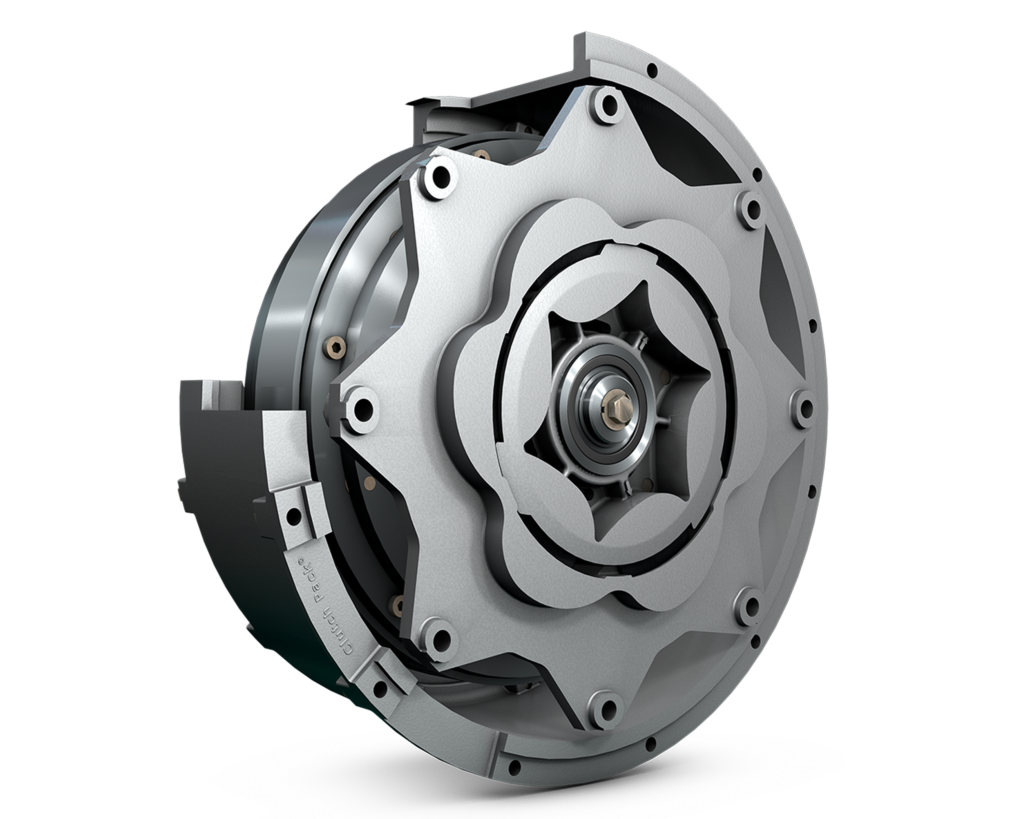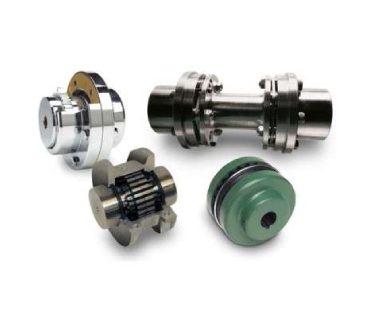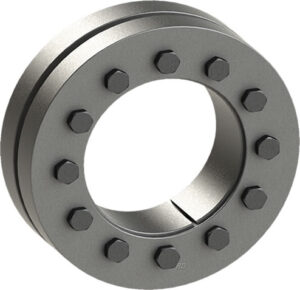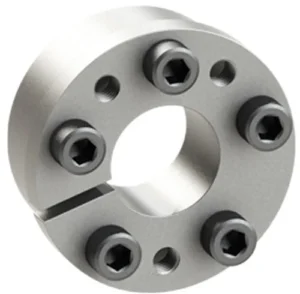Locking and clamping devices are essential components in many industrial machines and equipment, providing a secure and reliable way to lock or clamp components in place. They are used in a wide range of applications, including manufacturing, construction, and automotive industries.
There are several types of locking and clamping devices available, each with its own advantages and disadvantages. Some of the most common types include locking pins, toggle clamps, and screw clamps.
Locking pins are used to secure components in place, preventing them from moving or rotating. They are commonly used in applications where frequent adjustment is required, such as in manufacturing and construction. Locking pins are typically made from steel or stainless steel, and come in a variety of sizes and styles to suit different applications.
Toggle clamps are a type of mechanical clamping device that uses a lever to hold components in place. They are commonly used in applications where high clamping force is required, such as in welding and woodworking. Toggle clamps are available in a range of sizes and styles, from simple manual clamps to sophisticated hydraulic and pneumatic clamps.
Screw clamps are a type of mechanical clamping device that uses a screw to hold components in place. They are commonly used in applications where high clamping force is required, such as in metalworking and woodworking. Screw clamps are available in a range of sizes and styles, from small handheld clamps to large, heavy-duty clamps.
Overall, locking and clamping devices are essential components in many industrial machines and equipment. They provide a secure and reliable way to lock or clamp components in place, improving safety and efficiency. Whether you are designing a new machine or retrofitting an existing one, locking and clamping devices are an essential consideration that can help to improve its performance and reliability.






